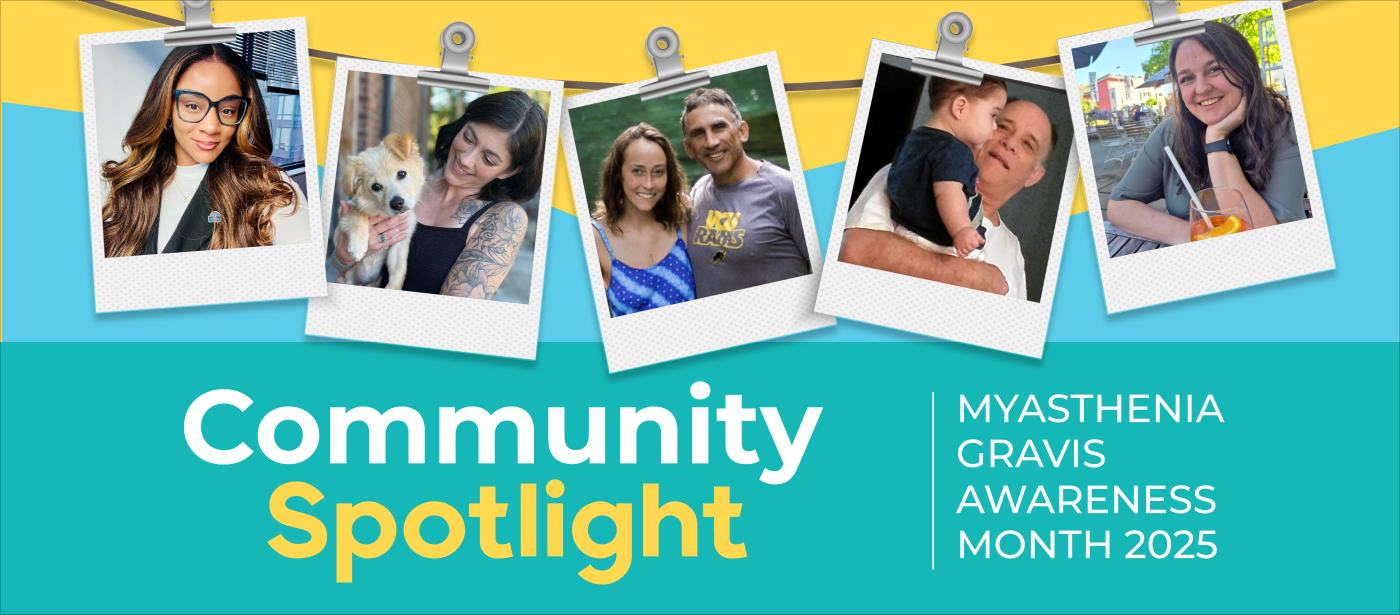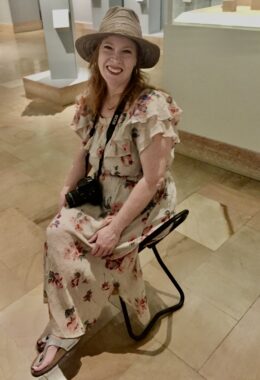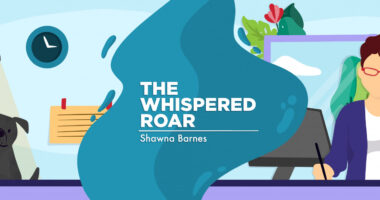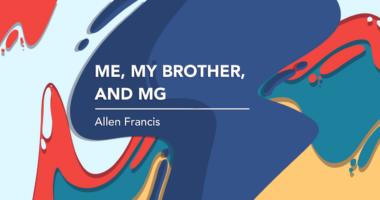Myasthenia gravis gave me something unexpected: A loud voice


Jennifer Crow, who lives with MG, says she no longer silences herself. (Courtesy of Jennifer Crow)
This is Jennifer Crow’s story:
When I was first diagnosed with myasthenia gravis (MG), I thought having a name for my condition would unlock care and put me on the path to recovery. What I didn’t expect was that recovery would remain just out of reach — and that stability, not remission, would become the real goal. But what surprised me most was how easily those two letters, MG, could swallow me whole.
Before MG, I was a writer, a teacher, a mother. I was in graduate school, building a future I believed in. After the diagnosis, that vision collapsed. I couldn’t finish my degree. I couldn’t work.
The MG symptoms didn’t just steal energy. They shattered the future I had been working toward for years. Suddenly, I wasn’t writing papers or teaching students. I was lying in bed, trying to breathe, trying to swallow, trying to stay out of the hospital. My world got smaller, and I started to disappear into the diagnosis.
I needed a way to hold on to who I had been before, so I started writing again. Not because I had answers, but because I no longer knew who I was.
At first, it was just journaling. Then I wrote essays. Then I began creating space for others living with illness to write, too. I built a community around the idea that storytelling can be a form of resistance. Naming what hurts openly, and without shame, was the only way I knew how to survive.
That drive — to tell the truth and make space for others to do the same — led me into broader rare disease advocacy. I took part in the Rare Autoimmune Leaders Workshop, where I met patients leading efforts to reform care, increase access, and change how rare disease stories are told.
One such individual had just launched a groundbreaking clinic for Ehlers-Danlos syndrome (EDS) patients in the Pacific Northwest. As someone who lives with EDS as a comorbidity, or co-occurring condition, it was powerful to witness what’s possible when patients organize and push for more informed, compassionate care.
That moment stuck with me — because this isn’t just about MG, or EDS, or any one diagnosis. It’s about the systems we’re forced to navigate when our bodies stop cooperating, and the communities we build so we don’t have to go it alone.
For me, advocacy isn’t just showing up at a summit or sharing on social media. It’s every time I help others write their illness story. It’s in the comments, the quiet messages, the workshop moments when someone says, “I didn’t know I was allowed to say that out loud.”
MG took a lot. But it gave me something I never expected: a loud voice or at least a louder one. Not because I shout over people, but because I finally stopped silencing myself.
Every time I speak up, or help someone else do the same, I remember this story isn’t over. I was never alone in the first place, and neither are you.
In recognition of Myasthenia Gravis Awareness Month in June, the Myasthenia Gravis Community Spotlight campaign features a series of stories highlighting the real-life experiences of people affected by myasthenia gravis, written in their own words. Follow us on Facebook, Instagram, or X for more stories like this, using the hashtag #MGSpotlight, or read the full series here.






